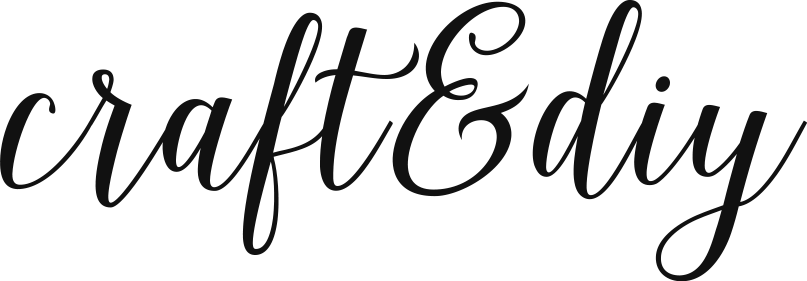Have you ever stared at a sewing pattern, feeling overwhelmed by the maze of lines, arrows, and symbols? Fear not, dear reader, for mastering the art of reading a sewing pattern is easier than you think. In this guide, we will demystify the language of patterns and unlock the secrets to successfully following them. So grab your fabric, thread, and trusty sewing machine, and let’s dive into the world of decoding sewing patterns.

Understanding the Key Components of a Sewing Pattern
When diving into the world of sewing patterns, it’s important to understand the key components that make up these guides to creating beautiful garments. By familiarizing yourself with the elements found in a sewing pattern, you’ll be able to confidently tackle any project that comes your way.
Let’s start by dissecting a typical sewing pattern:
- Envelope: The outer packaging that contains the pattern pieces and instructions.
- Instructions: Step-by-step guides on how to construct the garment.
- Pattern Pieces: Sheets of paper with pre-drawn shapes that represent different parts of the garment.
- Notions List: A list of additional supplies needed, such as zippers, buttons, and thread.
| Component | Description |
|---|---|
| Envelope | Outer packaging containing pattern pieces and instructions. |
| Instructions | Step-by-step guides on constructing the garment. |
Tips for Deciphering Measurements and Sizing on Patterns
When it comes to sewing, understanding measurements and sizing on patterns can make all the difference in creating a garment that fits perfectly. Here are some tips to help you decipher those tricky numbers and symbols:
- Pay attention to the recommended fabric for the pattern. Different fabrics can affect the way a garment drapes and fits, so always choose a fabric that is suitable for the project.
- Take accurate body measurements before starting a project. Use a flexible tape measure and follow the pattern’s instructions on where to measure to ensure a proper fit.
- Check the sizing chart included with the pattern. Each designer may have slightly different sizing, so it’s important to match your measurements with the corresponding size on the chart.
| Tip: | Don’t hesitate to make a muslin mockup of the garment before cutting into your final fabric. This will allow you to make any necessary fit adjustments before sewing the final piece. |
Remember, sewing patterns are meant to be a guide, so don’t be afraid to make alterations to better suit your body shape and preferences. With a little practice and patience, you’ll soon be able to confidently read and follow any sewing pattern that comes your way.
Decoding Pattern Symbols and Instructions
When it comes to sewing, understanding pattern symbols and instructions is crucial for achieving a successful outcome. Whether you’re a beginner or an experienced seamstress, decoding these symbols can sometimes feel like solving a puzzle. But fear not, with a little patience and practice, you’ll be reading sewing patterns like a pro in no time!
One of the first things to look for when reading a sewing pattern is the key or legend that explains the various symbols used. This will typically be located at the beginning or end of the pattern instructions. Take the time to familiarize yourself with these symbols, as they will guide you through each step of the sewing process.
Pay close attention to any special instructions or markings on the pattern, such as notches, grainlines, or seam allowances. These details may seem small, but they play a significant role in ensuring that your finished garment fits and hangs correctly. Remember, precision is key when it comes to sewing, so take your time and follow the instructions carefully.
Lastly, don’t be afraid to refer back to the pattern key or legend as you work through each step. It’s better to double-check and be sure you’re interpreting the symbols correctly than to make a mistake that could affect the final outcome of your project. With practice and a keen eye for detail, you’ll soon be deciphering sewing patterns with ease.
Common Mistakes to Avoid When Reading a Sewing Pattern
When reading a sewing pattern, it’s important to avoid common mistakes that could lead to a botched project. One common mistake is not taking accurate measurements before starting. Make sure to measure yourself or the person you are sewing for to ensure the garment will fit properly.
Another mistake to avoid is not reading the pattern instructions thoroughly before starting. Skipping over important details or assuming you know all the steps can lead to confusion and mistakes along the way. Take the time to read through the instructions carefully before beginning.
One more mistake to steer clear of is not understanding the symbols and terminology used in sewing patterns. Make sure to familiarize yourself with common sewing terms and symbols, such as **notches**, **grainline**, and **selvage**, to ensure you can follow the pattern correctly.
In conclusion, learning how to read a sewing pattern is an essential skill for any aspiring seamstress or tailor. By understanding the various elements and symbols that make up a pattern, you can confidently tackle any sewing project with ease. So, next time you pick up a pattern, don’t be intimidated - embrace the challenge and watch your sewing skills soar to new heights. Happy sewing!
